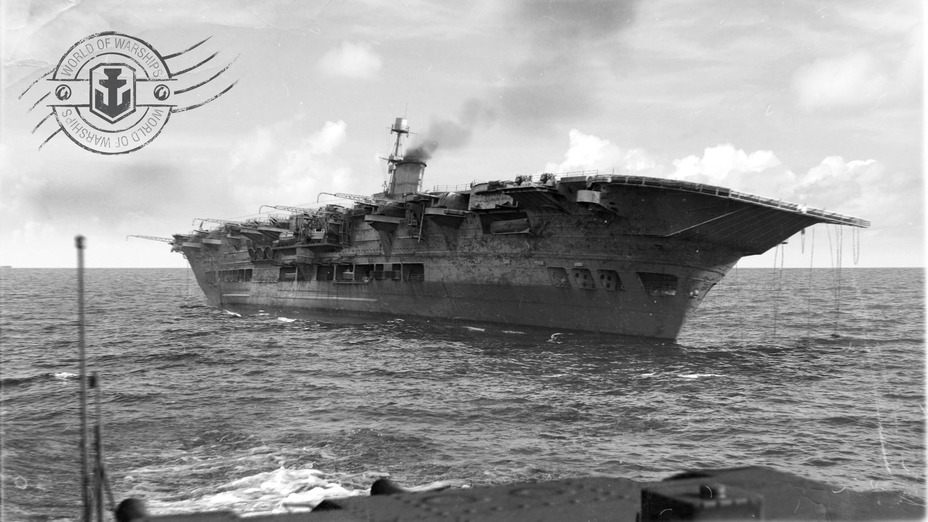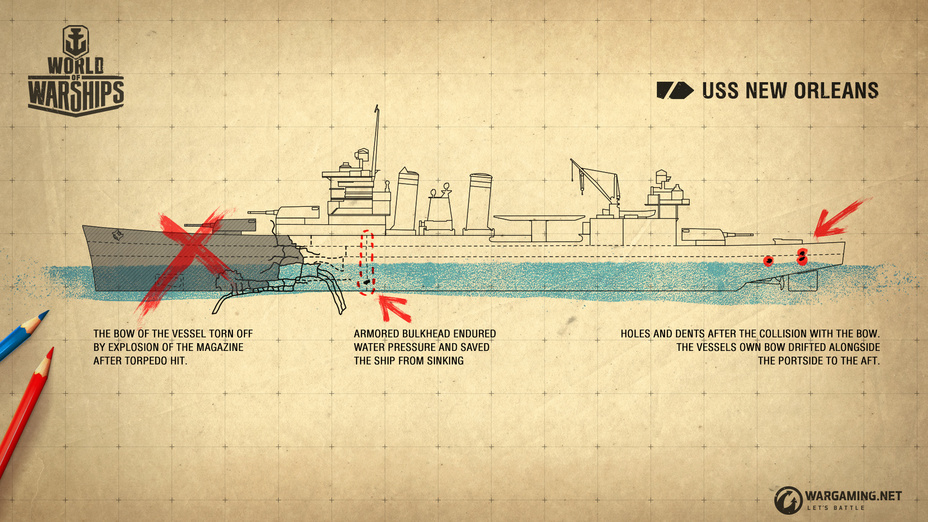On November 13, 1941, Force H was returning to Gibraltar after relocating aircraft to Malta. During their voyage, a torpedo launched from German submarine U-81 hit the starboard side of aircraft carrier Ark Royal at about 3:40 p.m. The ship began to take water and list, and all attempts to save the carrier were futile. The crew were evacuated from the ship, and at 6:13 a.m. on the following day, the ship disappeared under the waves 25 miles away from base.

On July 5, 1943, destroyer Strong was supporting a landing operation on the New Georgia Islands as a part of Task Force 18. At 12:30 a.m. the destroyer entered Bairoko bay, where nine minutes later a Long Lance torpedo, launched by a Japanese destroyer leaving the bay, hit her. The torpedo hit the portside of the ship, causing a massive explosion that arched the ship’s body and completely destroyed her propulsion unit. Strong sank at 1:22 a.m.
Nevertheless, there have been cases when a torpedo caused disastrous damage but the ship remained afloat.
On April 13, 1940, British and German destroyers met in a duel during the course of a naval battle near Narvik. Trapped in a fjord, Z2 Georg Thiele launched a torpedo at their approaching enemy from a distance of 2.5 miles. It hit the British destroyer Eskimo, occupying the lead position of the fleet. The explosion completely tore off the ship’s bow, but luckily she remained afloat. Later, the destroyer was repaired and continued serving in the British Navy until the end of the war.
On November 30, 1942, the Battle of Tassafaronga took place, in which the Japanese Tokyo Express forces faced Task Force 67 of the US Navy. The parties exchanged torpedo salvos, but unlike the American destroyers which missed their targets, the Japanese were much more accurate. A torpedo hit cruiser New Orleans near one of her main batteries, resulting in the ship’s ammunition detonating. A terrible explosion tore off the ship’s bow right up to the second main battery turret. However, the ship reached the nearest base herself and was duly sent for repairs. The ship rejoined the fleet in August 1943.

These cases show that although torpedoes are quite deadly weapons, a single successful hit doesn't always cause destruction of a ship.






